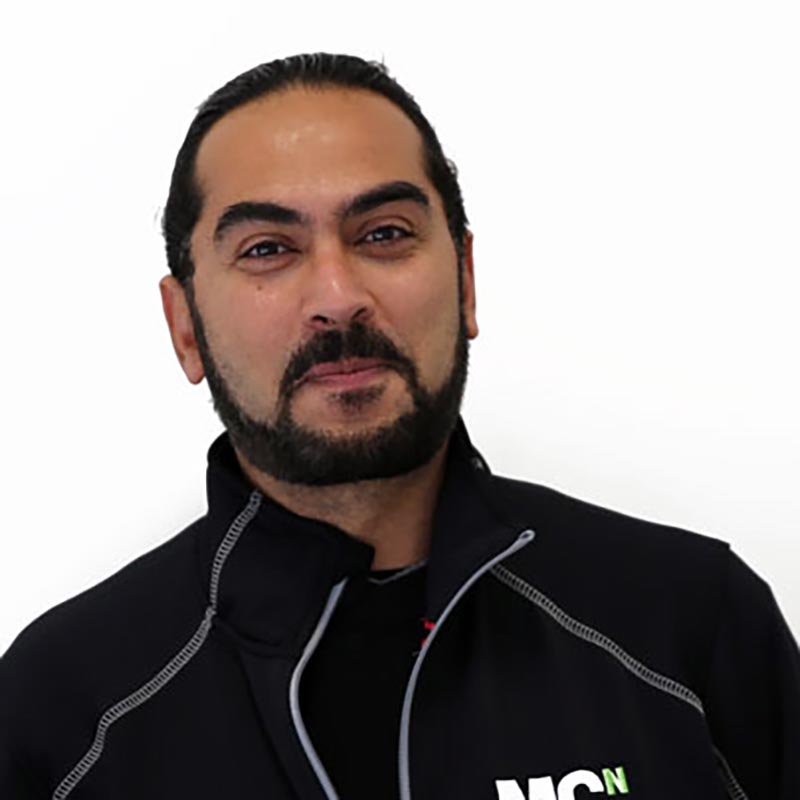
ANFF-Vic ties the largest open-access cleanroom in the southern hemisphere, the Melbourne Centre for Nanofabrication (MCN), with five university-based hubs and CSIRO spread across Victoria providing a full complement of nanofabrication capabilities and expertise.
Members of the ANFF-Vic Joint Venture include: Monash University; University of Melbourne (Materials Characterisation and Fabrication Platform); Deakin University (Institute for Frontier Materials); La Trobe University (Centre for Materials Surface Science); Swinburne University of Technology (ANFF Biointerface Engineering Hub); RMIT University (Micro Nano Research Facility); Victoria University; and CSIRO (CSIRO Manufacturing).
MCN
The Melbourne Centre for Nanofabrication is home to ANFF’s headquarters. The Centre is a world-class, purpose-built facility boasting state-of-the-art cleanrooms (class 10,000 and class 100), reconfigurable biochemistry and PC2 labs, a microscopy lab and focused ion beam lab. These specialised work environments house top-of-the-line micro and nanofabrication equipment and instrumentation.

Current expertise is provided in the areas of advanced materials and biotechnology, leading to the development of a wide range of customised sensors, actuators, and devices applied to areas from biomedicine, and energy to nanoelectronics and the environment.
Node Director: Prof Nico Voelcker
Email: nicolas.voelcker@monash.edu
Phone: +61 3 9902 9097
General Manager: Dr Sean Langelier
Email: sean.langelier@nanomelbourne.com
Phone: +61 3 9902 4100
Melbourne Centre for Nanofabrication
151 Wellington Road
Clayton VIC 3168
Institute for Frontier Materials
Deakin University, Waurn Ponds Campus
Waurn Ponds VIC 3216
Materials Characterisation and Fabrication Platform
The University of Melbourne
Parkville Victoria 3010
Centre for Materials and Surface Science (CMSS)
Department of Chemistry and Physics
La Trobe University
Bundoora VIC 3086
ANFF-Vic Biointerface Engineering Hub
Swinburne University of Technology
John Street
Hawthorn Victoria 3122
MicroNano Research Facility
RMIT University
Bowen Street
Melbourne 3001 Victoria




